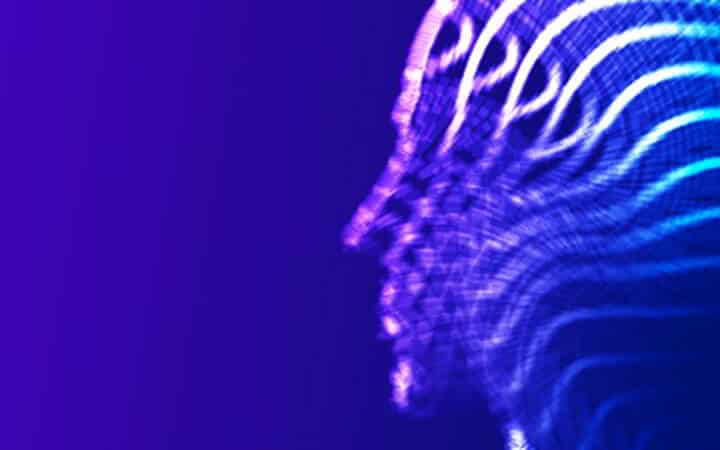UIH has invested $45 million to found an artificial intelligence subsidiary. Professor Shen Dinggang, Fellow of the American Institute for Medical and Biological Engineering (AIMBE), international-renowned scholar in the field of medical AI, member of the Recruitment Program of Global Experts will be one of the heads of the subsidiary.
How will the new company grow? Where will AI go in the field of medical imaging? To answer these questions, we held a dialogue with Prof. Shen Dinggang.
Second Start-Up
Q: As you step into the world of industry, many people see it as your second start-up, so what is supporting this move?
A:Some people may see stepping into industry from academia, as my second start-up – but for me, it is just a natural extension of my career. Since the very first day I started to practice AI in medicine, I was sure that the most cutting-edge scientific achievements must ultimately enter the public sphere and benefit the public. After nearly 20 years of hard work, I believe AI technology has reached a critical point of maturity. It can now go beyond the lab, and towards industrialization. I hope I can participate in and witness every step of these scientific research result entering the market, and they will undoubtedly maximize the innovative values of science and technology in the commercializing and marketing process, bringing profound and beneficial changes to the medical industry and even to the society as a whole. At the same time, this process is accompanied by more practical problems, which push my research team to carry out more in-depth academic research, and finally apply the fruits of our research to helping patients.In the field of intelligent medicine, academia and industry actually complement each other. The reason why I chose UIH is because of its full range of high-end medical imaging and radiotherapy products, as well as its strategic layout, which is perfect for the development of medical AI. But more importantly, having witnessed UIH grow and thrive from scratch over the last six years, I've seen an exciting entrepreneurial spirit.
Core Strengths
Q: There is no lack of precedents for grafting AI technologies to medicine in the industry. Compared with them, what are our strengths?
A: Our core advantage lies in "data + landing scenario". Through our parent company's full range of superior medical imaging and radiotherapy products,as well as the UIH intelligent medical imaging cloud and imaging centers across the country, we are able to constantly acquire massive, professional and premium data to "nurture" our AI algorithms. In turn, when the algorithms complete training, such devices, intelligent medical cloud and imaging centers become the natural landing scenarios and application channels for intelligent algorithms. I believe a strategic layout so fit for the development of medical AI is rare in enterprises nationwide,even worldwide.
Disruptive Innovation
Q: What is the R&D focus of UIH's AI subsidiary in the future? What changes will it bring to the industry?
A: We will focus on the existing pain points in the field of smart healthcare and endeavor to push the boundaries of the core common technologies between big data and AI, to develop a series of pioneering and innovative applications. More specifically, we will carry out our R&D both horizontally and vertically. The horizontal level refers to those common core algorithms that cross modal, organ and disease, while on the vertical level, the common algorithms, through adjustment and combination, are to formulate applications that directly tackle the pain points in medicine. For example, the common algorithms on the horizontal level are more like the small LEGO blocks, which seem to have no clinical significance, but are basic modules for building various applications. So their performance must be constantly refined. On the vertical level, based on the in-depth understanding of the industry, these LEGO blocks will be assembled into "killer apps" that are really accepted and appreciated by doctors. Strategically-speaking,on one hand, we must be patient enough to build these horizontal generic modules and maximize their performance. On the other hand, we need to work closely with doctors to fully understand the predicaments of the medical community, rather than taking everything for granted and making some niche applications. I believe that only by simultaneously promoting the horizontal and vertical dimensions can we come out with truly "disruptive" innovations.
